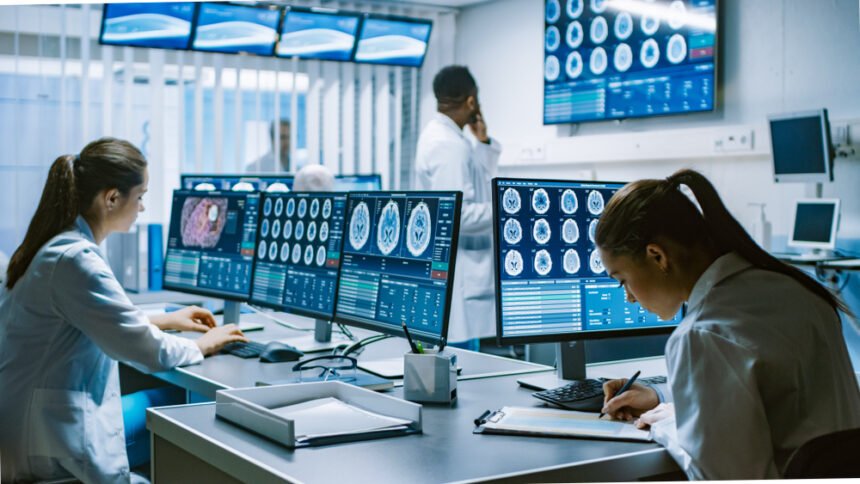According to new scientific research and data based on 135 million examinations, imaging utilization is increasing the adult patients. An important finding got published in JAMA after a team of physicians has been trying to reduce the use in the past few years.
The relevance or redundancy of medical imaging
Advanced and accurate medical imagine always contributes to precise disease detection and enhanced treatment. It can also maximize the expenses and sometimes affects patients, for instance, with overdiagnosis, incidental findings, and anxiety. You can’t ignore the dangers of radiation linked with cancer. According to leading radiologists, research, and studies today, there are over 30% of the imaging examinations might be completely pointless. It might cost as much as $30 billion in the USA annually. To know more about this, you can check out Curt E. Liebman MD. It’s interesting to note that between 2000 to 2016, many integrated healthcare systems across the United States got tracked. There was a growth in ultrasound, MRI, and CT, and it’s still increasing recently. One relevant exception to this trend got detected in CT imaging reduction in Ontario. CT for children also witnessed a decline back in 2009 in the United States. Since, it has been increasing at a slow, gradual, and steady pace in recent years.
The varied interpretations
Medical experts and others note that regardless of the increase in utilization, initiatives got implemented to reduce the numbers. It comprises of efforts and guidelines which concentrated on the way to place correct imaging orders. Even though the guidelines got developed for imaging, it usually gets developed on an expert view instead of evidence. And all this doesn’t indicate a reduction in imaging. Also, the imaging examinations get adapted frequently to the clinical practice even before the proofs back up the use. And the moment it gets integrated into the practice, it is challenging to withdraw the process. Hence, it isn’t surprising that imaging rates haven’t declined to a high degree, despite various clinical initiatives and policies aiming it imaging reduction—however, the clinically acceptable practice changes over some time. Medical experts and radiologists also noted that spreading the word might have a positive impact. It’s because physicians, from time to time, have updated people about the dangers of radiation for children. Today, the growth in MRI for children reflects increased public awareness concerning radiation dangers.
Things to conclude from the findings
As medical experts, radiologists, and individuals, it is essential to make sense of these findings. When you know that image utilization is maximizing, it indicates a vital step towards our collective objective, i.e., medical imaging is necessary. Also, counting on the imaging assessments is much simple than evaluating the imaging results. And it is precisely where medical experts and radiologists need to devote more time and attention. There are studies and medical reports with informative data and insightful perspectives that can help the imaging researchers to work on these lines. It is essential to decide on “how appropriate” and “how much” of imaging is necessary. Also, medical experts should be able to state the way it has enhanced patient outcomes. Once these findings fall in place, medical imaging will have a better organization.







